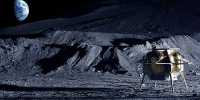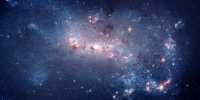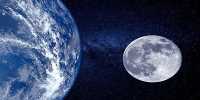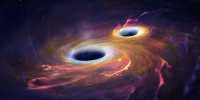It’s May 4th – Star Wars Day (#MayTheFourthBeWithYou) – so if you want to explore some cosmic wonders with a resemblance to your favorite Star Wars characters, the “Baby Yoda” nebula is the right place to start.
Officially named NGC 2359, the nebula is an emission nebula of the Canis Major star and yes, it looks a bit like a baby warrior. If Baby Yoda isn’t your favorite and your taste is more towards Marvel, you may be happy to know that the official nickname for the object is Thor’s Helmet Nebula. And if you’re not interested in it, people think it’s an adorable alien stitch from Lilo & Stitch. (How this nebula is a reflection of Disney’s intellectual properties is not lost on us).
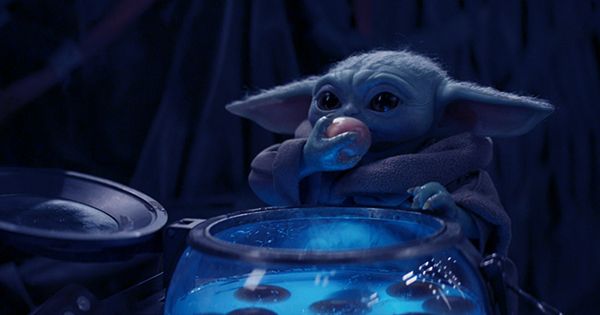
The nebula is located 12,000 light-years away, and if you are trying to take a picture to see it, you need a good telescope and / or long exposure time. Also non-negotiable is either very close to or very close to the Southern Hemisphere. Uninterrupted civic astronomers have also pointed to other objects that look somewhat like Star Wars, in most cases limited spiral galaxies such as TIE-fighters such as M91 and M109 both seen in the Northern Hemisphere. So, if you are looking for Star Wars-themed cosmic objects in a galaxy far beyond May 4, you should make a choice. Even among the crowds of new planets discovered in the last decade, some may be surprised.
The latest example was actually the second detection of the Kepler Space Telescope, which is not certain at the time. Finally verified, its curiosity orbit can teach us something about the formation of star systems.
Mostly they come across in pairs, but since the planets are difficult to identify in this situation, we know a few “tattoo planets” comparable to the two suns. Triple star systems are very rare, so inevitably there are only a handful of planets. Where we do, it is usually found when one is near orbit far from the other two, such as Proxima Centauri.

